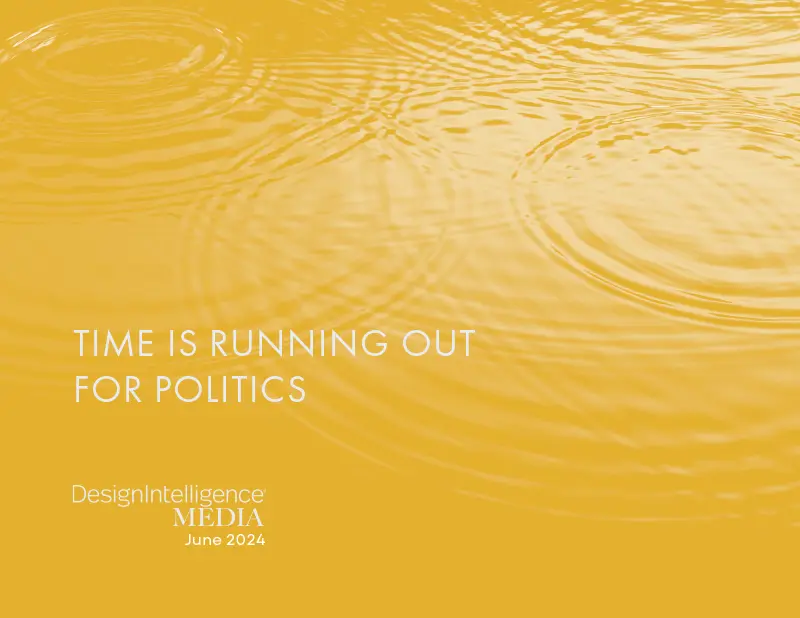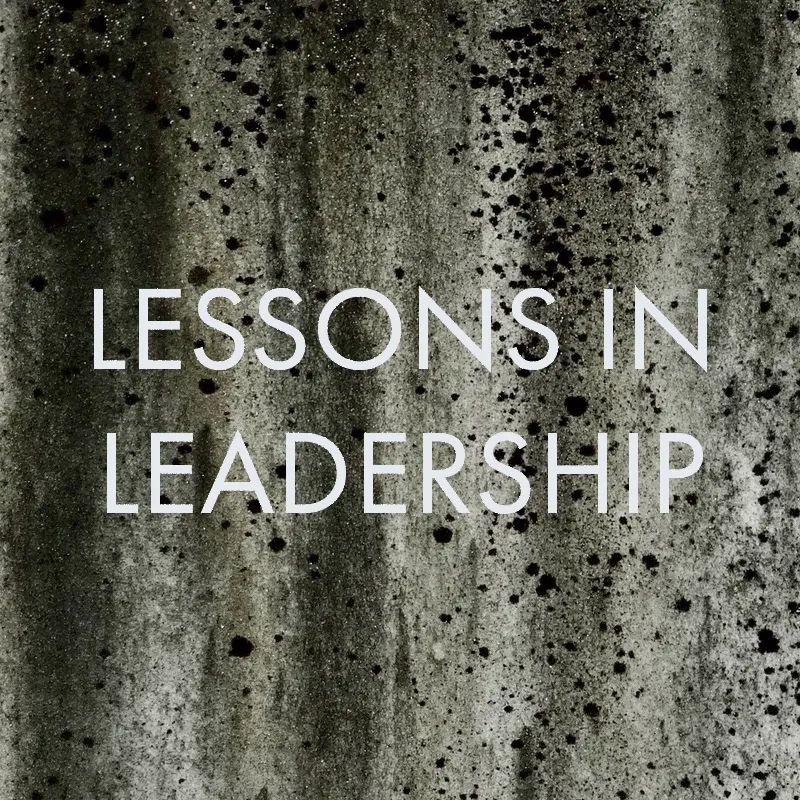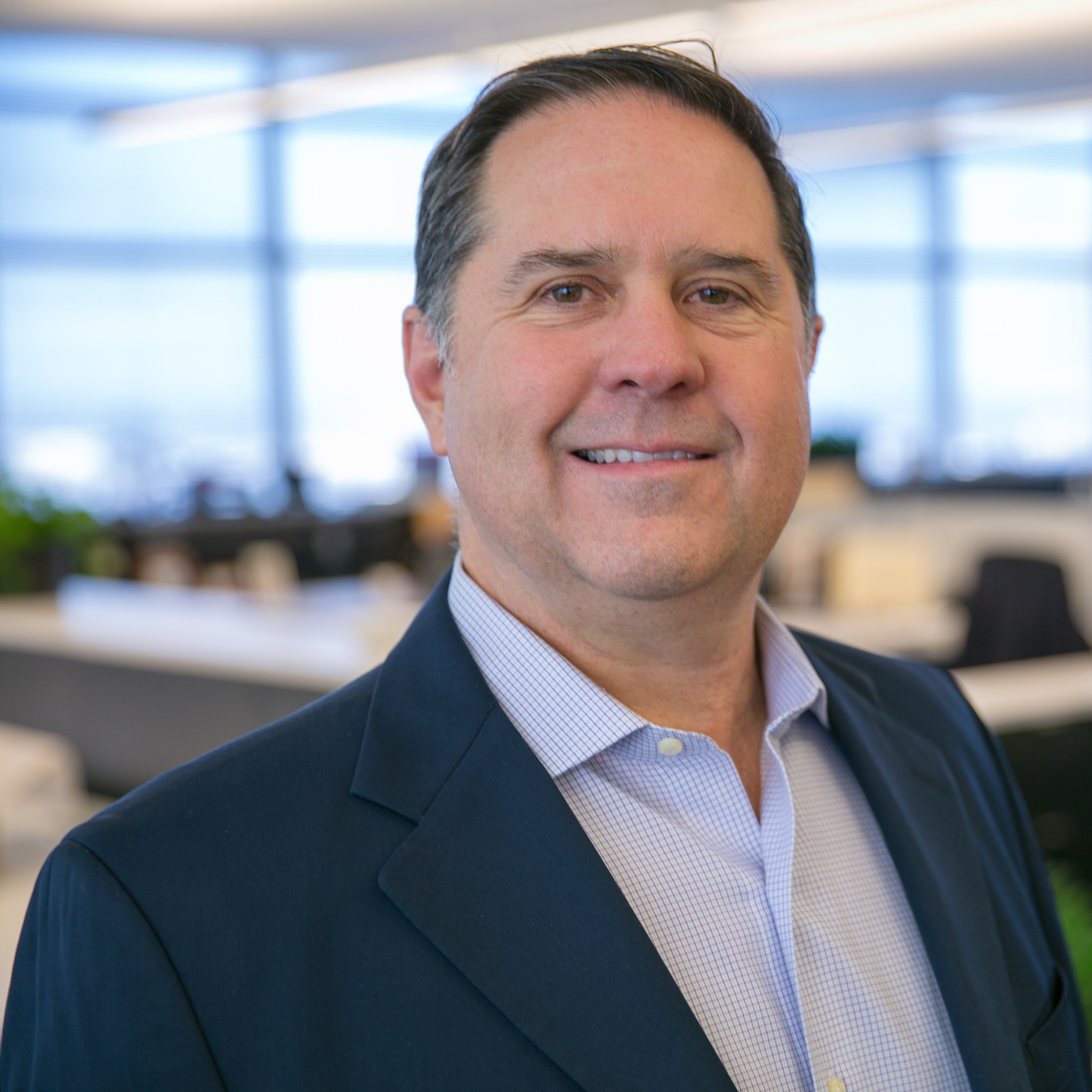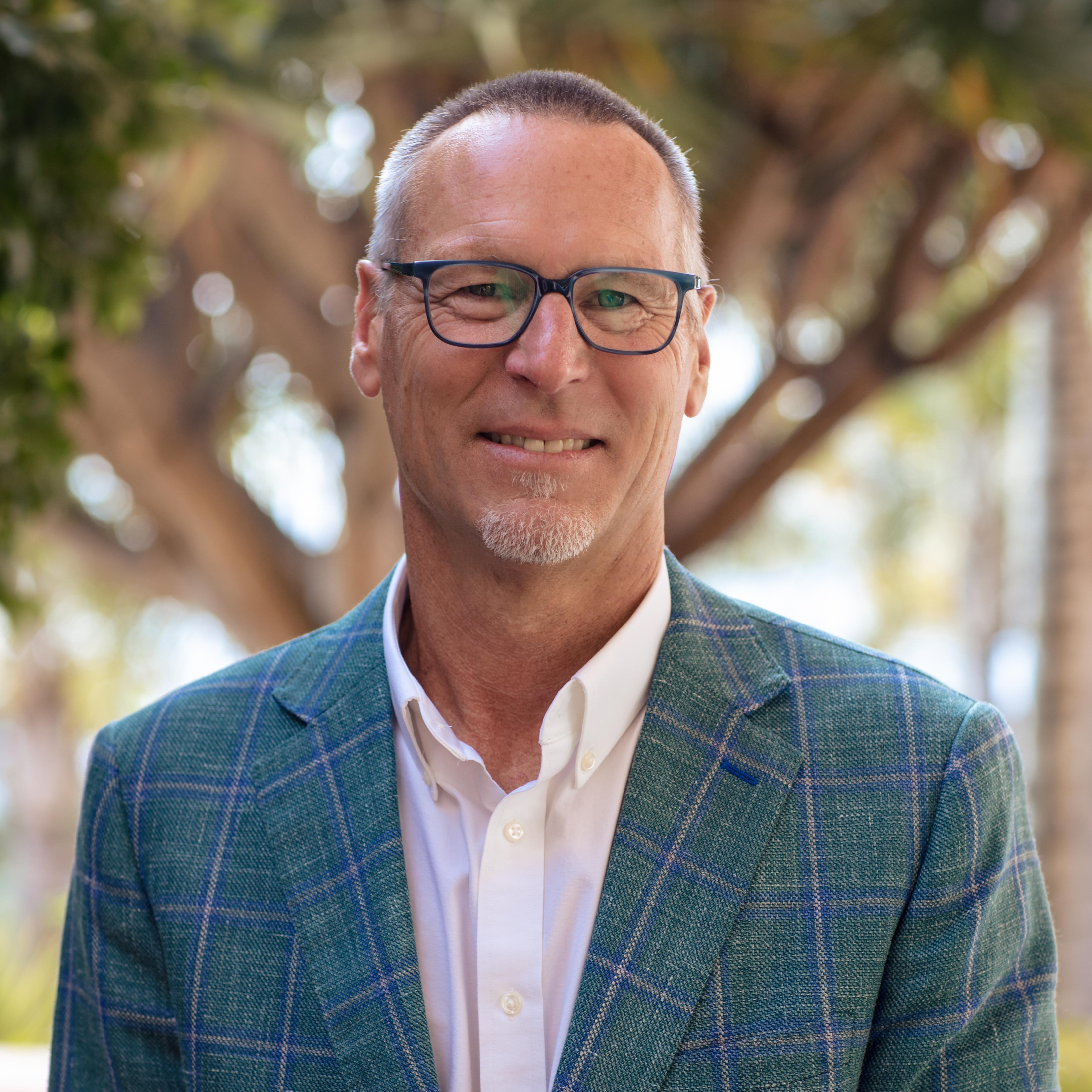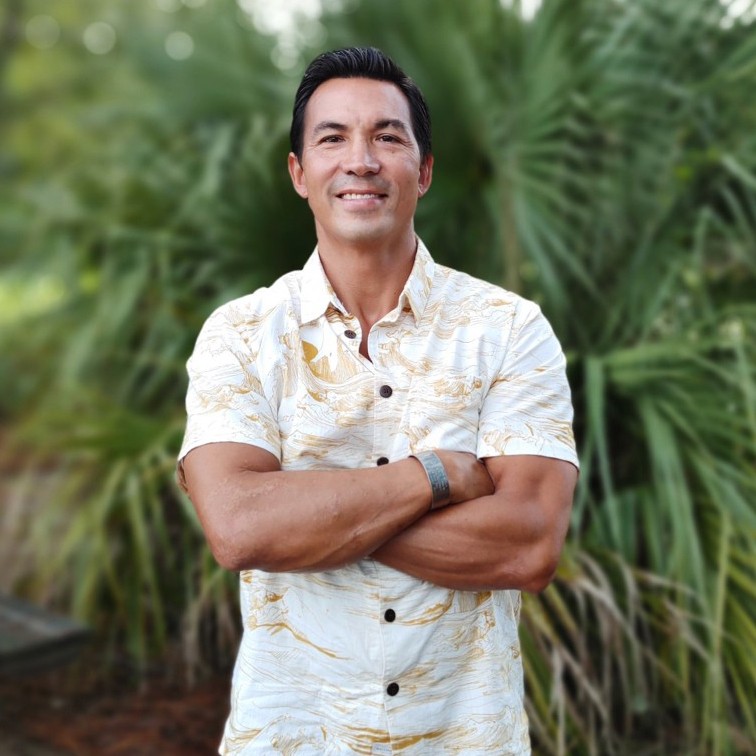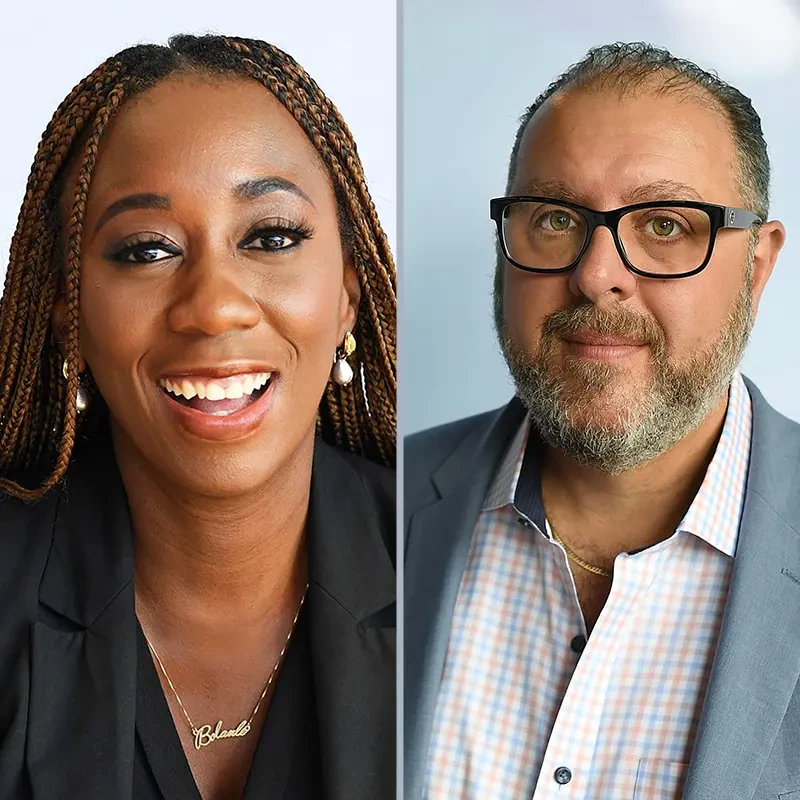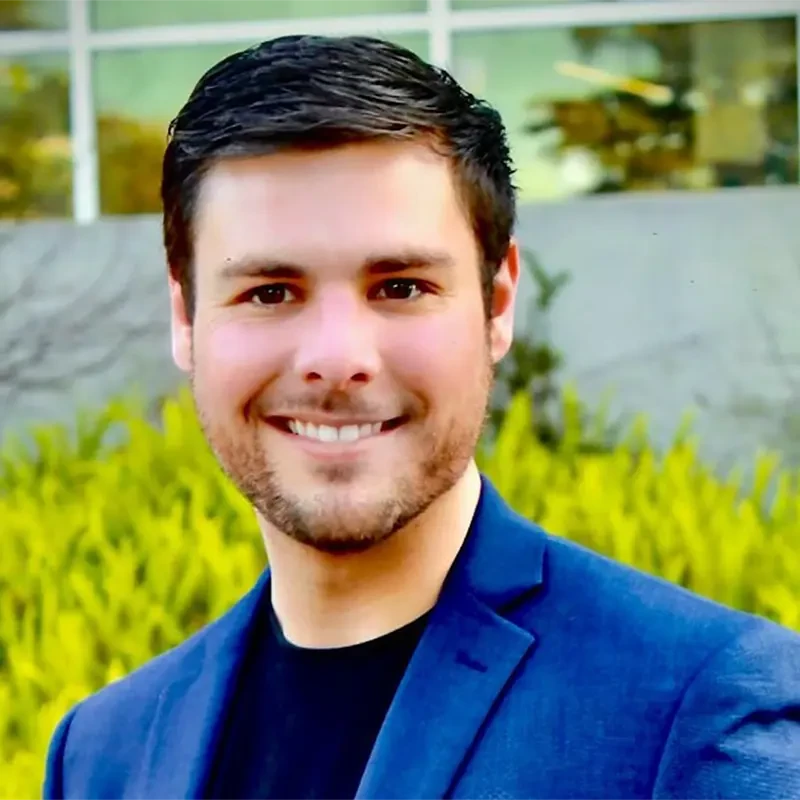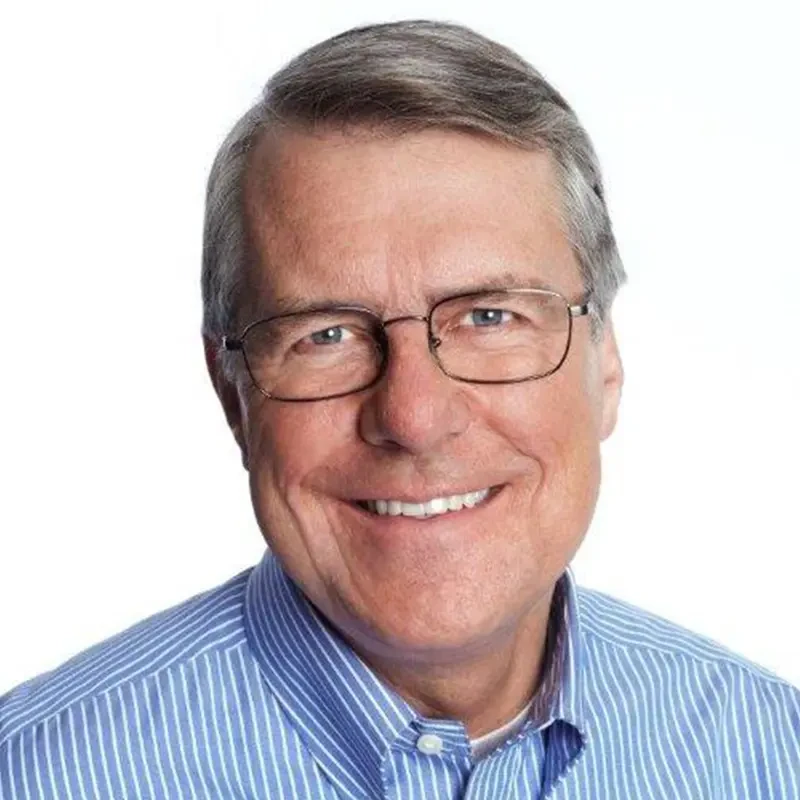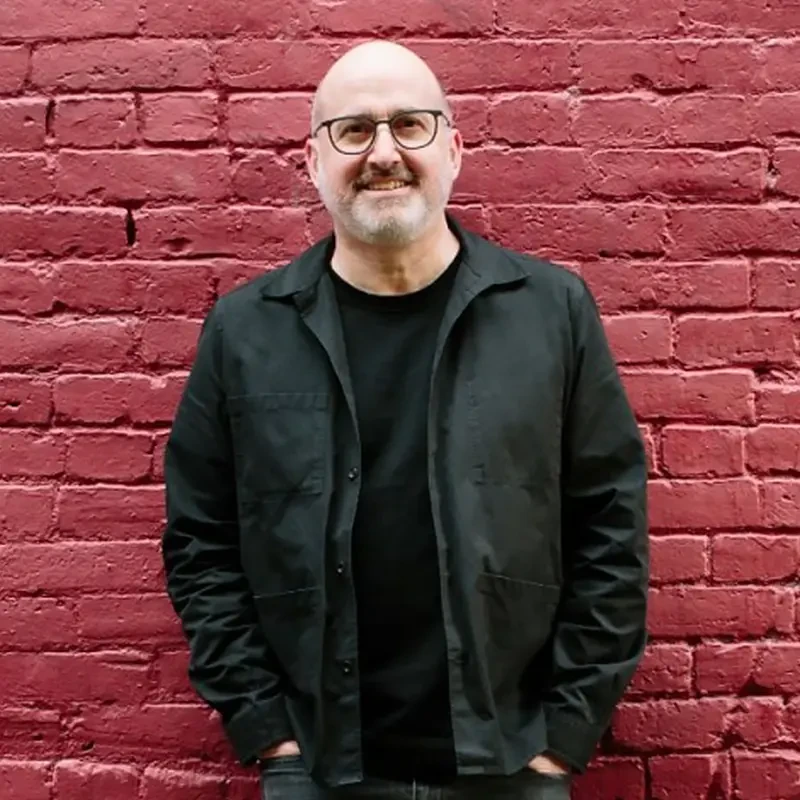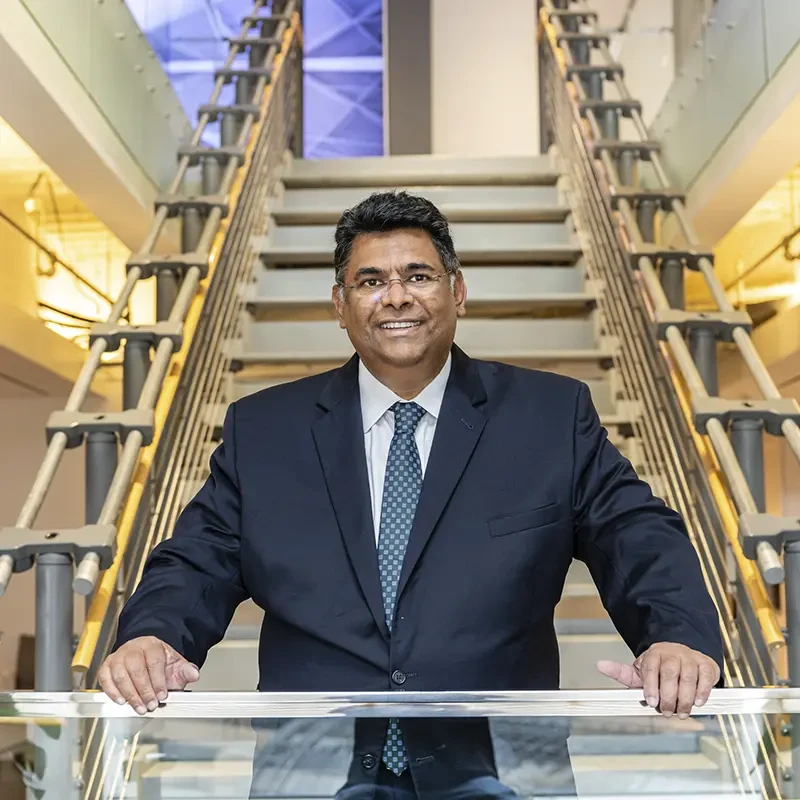
Time Is Running Out for Politics
Paul Hyett
Co-founder of Vickery Hyett Architects
June 5, 2024
Paul Hyett points to climate change urgency, collaboration and action.
For several weeks I have been making tiny adjustments to our grandfather clock. A threaded wheel permits me to raise or lower the bob and, through trial and error, I have brought the clock’s timekeeping across seven days to within a minute of Greenwich Mean Time.
Like time, space is limitless. Ultimately, in its vastness, it is also measured in units of time. The BBC’s “Sky at Night” tells us we can currently see the universe up to a “distance corresponding to a light-travel time of 13.8 billion years”. At that scale, interval and distance have no meaningful boundaries.
Metaphorically speaking, we stand at a nanosecond to midnight: the “tipping point” of irreversible climate change induced by man-made carbon emissions.
It is against these infinities that our current shared experience is so extraordinary. Never, in the 50,000 years of its history, has humankind lived with the ongoing threat of self-destruction. That dreadful prospect started at the Jornada del Muerto valley — translated as “Dead Man’s Journey”. There, in New Mexico, at 5:29 am local time on 16 July 1945, the first atom bomb was detonated. An eyewitness account and sketch of that moment is shown below:
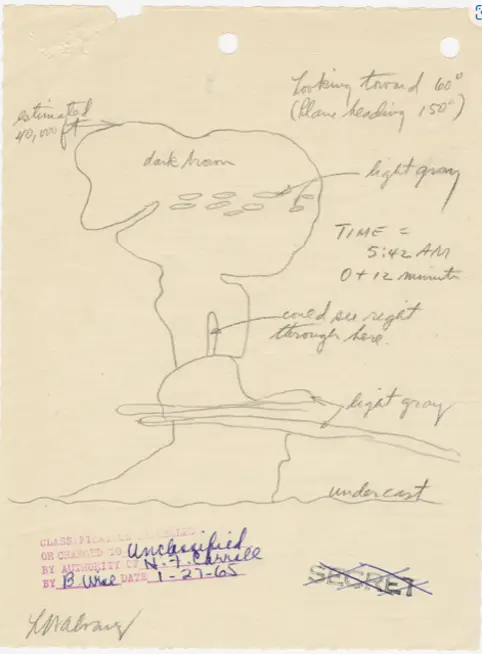
(For a video, see: https://youtu.be/7dfK9G7UDok?si=YFnbtxlc6-AgbS-V.)
Concurrent with that grimmest of ongoing threats, we now also live with the certain knowledge of another, less easily preventable catastrophe. Metaphorically speaking, we stand at a nanosecond to midnight: the “tipping point” of irreversible climate change induced by man-made carbon emissions. Like lemmings, humanity continues to stampede towards calamity because our national and international social, economic and political systems are too crude to deal with the problem.
Despite the enormity of these threats, the world will not stop spinning and time will continue to pass even if, through our destructive actions, all clocks stop. In such awful circumstances flora and fauna, with the kind of resilience that astonished the scientists after the Chernobyl disaster, would surely adjust and no doubt eventually come to flourish once more.
However, humanity’s capacity to make it through changes of such magnitude is under far greater question. Witness the four Mad Max films for a vivid illustration of the likely, terrifying consequences of societal collapse and ecocide, as illustrated in the image below.

Author image, generated via artificial intelligence software
The only hope in terms of averting such a disastrous future is through cooperation and leadership at national and at international levels. Sadly, with the cleavage between the right and left of politics ever widening, reconciling interest groups within the democracies is becoming hopeless, and constructive dialogue with the dictatorships remains all but impossible. Meanwhile, temperatures around the world continue to rise, physically and metaphorically.
Against that depressing background, designers — whether they be involved in built infrastructure, transportation or any other aspect of product manufacturing — must continue in their efforts to develop and offer responsible solutions that will enable people everywhere to go about their lives in an ecologically sustainable manner. To achieve that, we need design intelligence to be applied to every area of human activity.
Neither our politicians nor our political systems are remotely up to this task. Thankfully, time will soon clear the decks, and a new generation of younger and assuredly better politicians and party organisations will emerge. As designers and thought leaders, our duty is to ensure they are properly informed and equipped as necessary to construct the regulatory frameworks that will effectively facilitate the transition to 100% eco-sustainable living.
Societies have faced and managed major threats before. Bubonic, pneumonic and septicaemic plagues as well as cholera and, more recently, COVID-19 were ultimately controlled through coordinated improvements to medical practice (science), personal hygiene (education) and sanitation and air-conditioning (building). Indeed, it is through science and technology that we have been able to harness ever cleaner and infinitely abundant power sources. But whilst we still have a long way to go in that respect, as William McDonough and Michael Braungart revealed in their brilliant book subtitled “Remaking the Way We Make Things”, we have yet to really start in terms of securing clean “Cradle to Cradle” sourcing, materials and component use within manufacturing processes.
In all these efforts, design matters, but the key here is that science and technology must inform our design responses.
Universities and institutions such as the RIBA and RICS within the U.K., the AIA in the U.S. and their counterparts around the world must further grow their major roles in initiating funding and carrying out research. Increasingly, other specialist organisations such as DesignIntelligence are required to provide their invaluable service in connecting the dots, hosting and coordinating secondary and tertiary levels of research, and lobbying and sharing the results with government, corporations and other institutions.
One group currently working in this way is the Edge, a think tank operating within the U.K. construction industry. Established in 1995 by Jack Zunz, then chair of the Ove Arup Foundation (and earlier, chief structural engineer for Jørn Utzon’s Sydney Opera House), its mandate is to better connect the professional institutions working within the construction industry in their efforts to develop, promote and put to proper use the results of research around policies, issues and ideas.
In 2015, the Edge published a report authored by my friend Paul Morrell entitled “Collaboration for Change.” It focused on the future of professionalism within the construction industry. A summary of that report’s recommendations was provided under the four headings:
- Ethics and the public interest.
- Education, competence, and the development of a body of knowledge.
- Institutional organisation and the relationship with government.
- Collaboration on strategic interests. (This was subdivided into: industry reform, climate change and building performance.)
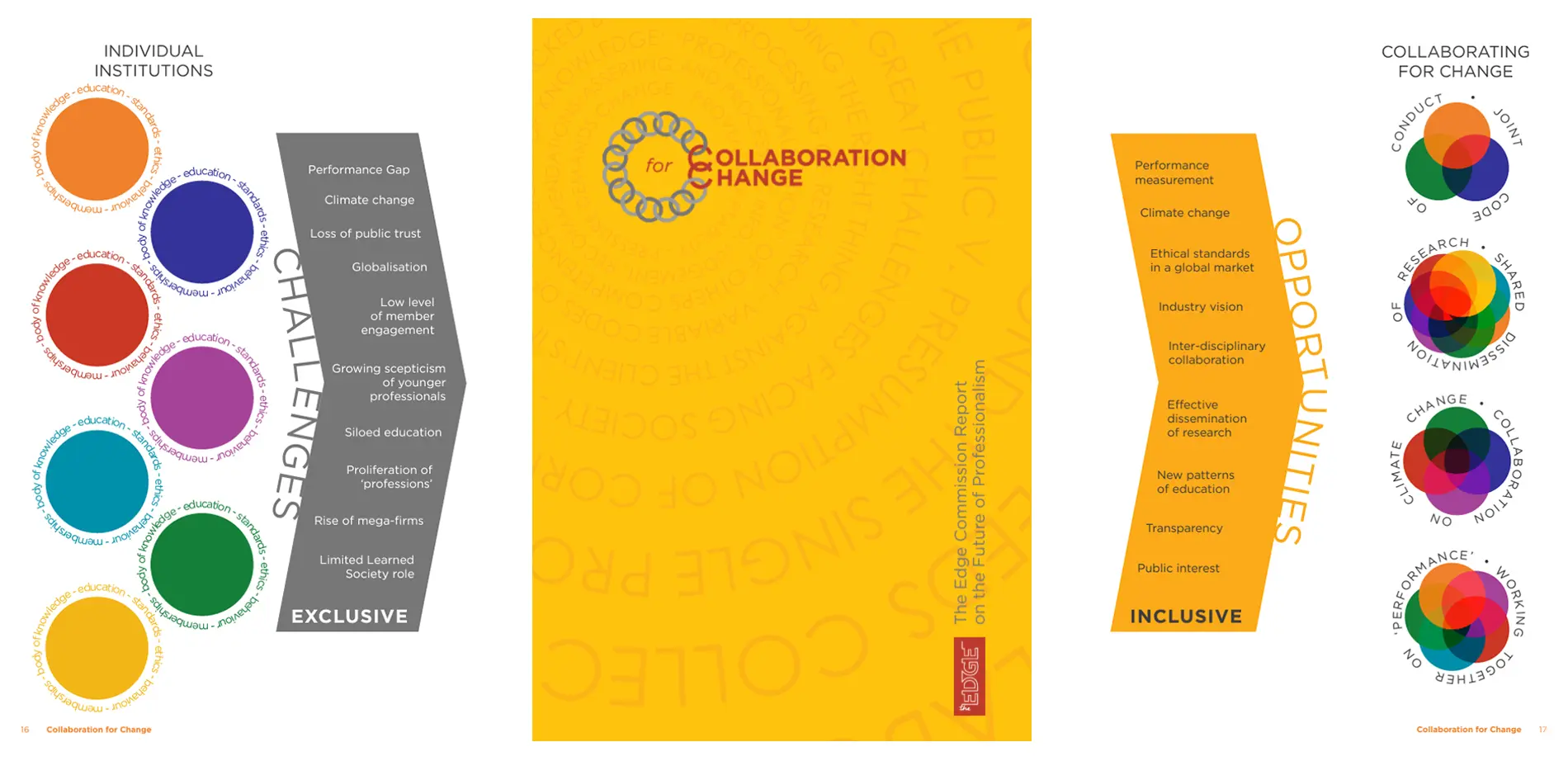
(Access the report here: https://edgedebate.com/s/CollaborationForChange_Book_Ed2-Final.pdf) The diagrams show the transition from exclusive to inclusive cultures — aspects of the report’s recommendations.
In his summary, Morrell rightly claims if the report’s proposal were implemented, “the result would be a better world.”
Critically, if we cannot quickly influence our governments to enforce the better design that will enable us to live sustainably and in harmony with our planet, governments around the world will be overwhelmed by the catastrophic consequences of such failure. We already see their inability to cope with the harvest failures and the barren lands — consequent on the lifestyles of the developed nations — that force developing communities to abandon their homelands in the tens of thousands. Unless governments unite and act to avert the causes, the scale of these migrations will escalate exponentially. For example, 40% of Bangladesh’s 170 million population will be impacted by the currently predicted sea levels just a few decades away.

Industrialized nations’ generated rising sea levels’ anticipated impact on developing Bangladesh.
So, what of Amsterdam? Or London? Or New York, which is currently embarking on $4 billion of sea defence construction. There, sea levels have risen nine inches in my lifetime and are projected to rise between eight and 30 inches by 2050, up to 75 inches — that is over six feet — by the turn of the next century. That will be within my granddaughter’s lifetime!
The following platforms are especially informative in this respect. The first allows property-owning Americans to punch in their post codes and see the impact of climate change on their assets. There is no comfort there; the problem belongs to us all:
https://riskfactor.com/?redirect=true&from=floodiq.com%2F&utm_source=floodfactor.
The second, a paper entitled “Global Investment Costs for Coastal Defence Through the 21st Century,” makes for especially chilling reading in its projections. Clearly, the costs of sea defences (which only wealthier countries will be able to afford) will, in continuing to escalate, ultimately threaten parity with national defence budgets. Annual flood defence infrastructure costs in the U.K. stood at $1.36 billion in 2021 — up 36% in three years to reach over 2% of the U.K.’s national defence spending. You can access that paper here:
Only the professions, academia and industry can inform the actions necessary to curtail this unsustainable escalation in flood defence costs with joined-up thinking. The bottom line for the construction sector is this: It is essential that the institutes that represent our professions work more purposefully with the manufacturing and delivery sides of industry and with university research departments in imagining and testing new and better ways in which we can make and operate our buildings and our cities. That work must be shared widely, at home and abroad, to inform government regulation and incentivisation across the globe. Such work must be mirrored by product designers and manufacturers in all other industries.
In parallel, public opinion must be enlightened so that it accepts, even demands, the government initiatives and constraints that will deliver the more ecologically sustainable design outcomes our industry and parallel industries are so capable of providing. This involves social engineering at the mega scale, something Libertarians abhor. The specialist journals and the general media have a big role here too, but they must understand that truth matters, and that the nonsense of conspiracy theories must be swept aside. In short, they (particularly the likes of the seemingly incorrigible Tucker Carlson) must grow up, get serious and get onside.
At the macro scale, none of this is important. We are but a fragment of a tiny corner of a small swirling galaxy lost in an eternity of universes. And we live in only one moment of the limitless unfolding of time. But as we know all too well, we owe it to our children and our children’s children to try and succeed. And my grandfather clock just chimed again.
Paul Hyett is co-founder of Vickery Hyett Architects, past president of the RIBA, senior fellow of the Design Futures Council and a regular contributor to DesignIntelligence.

